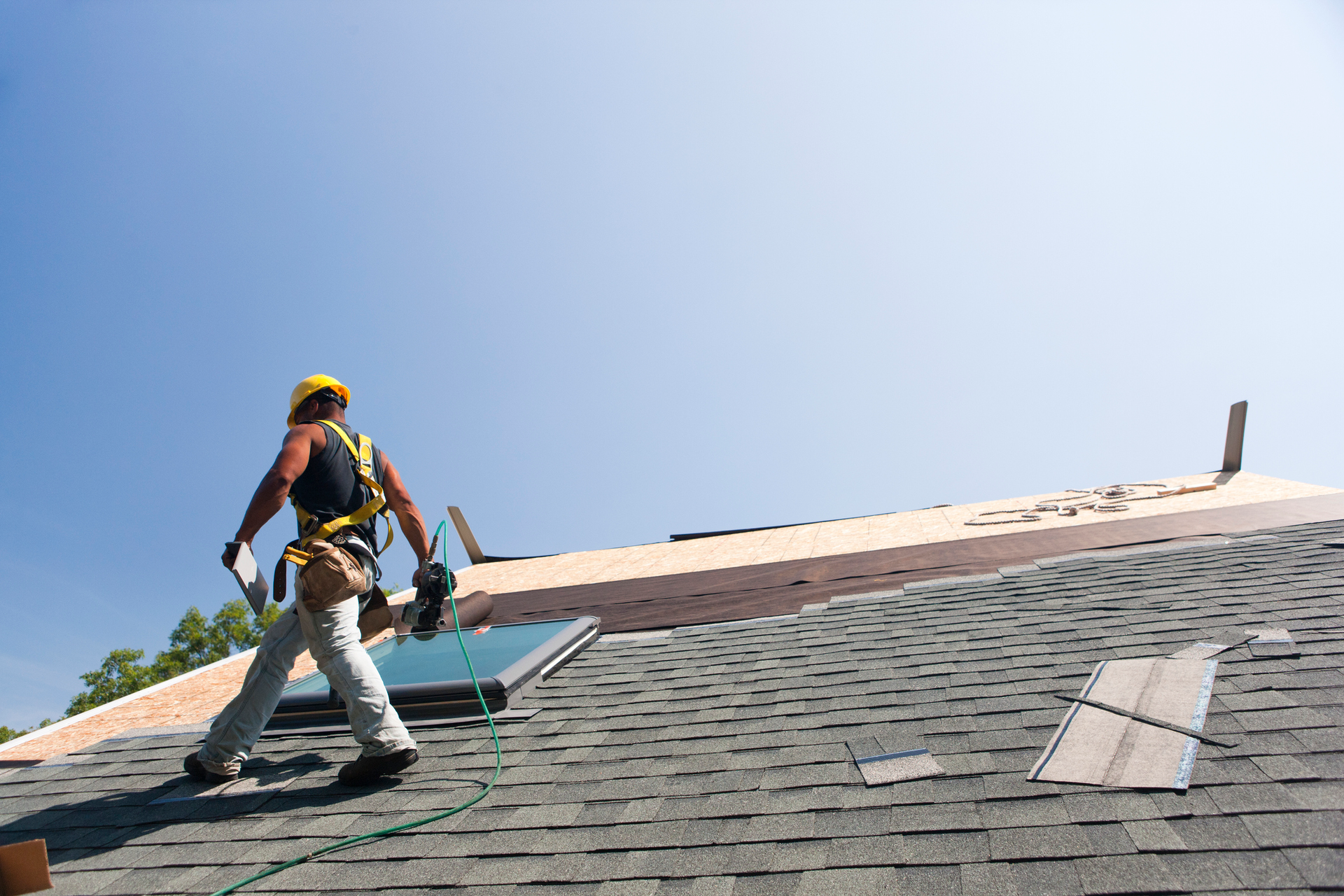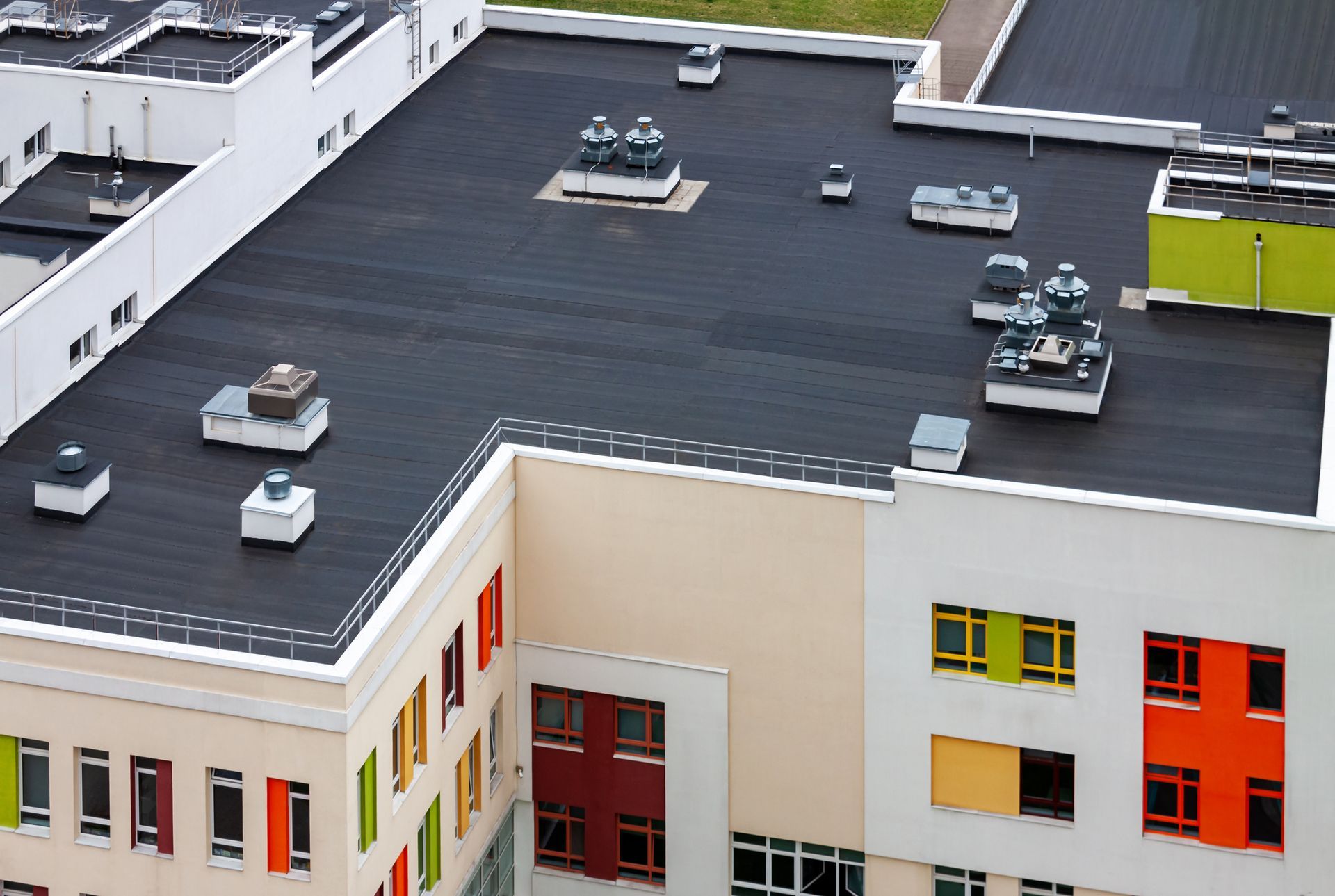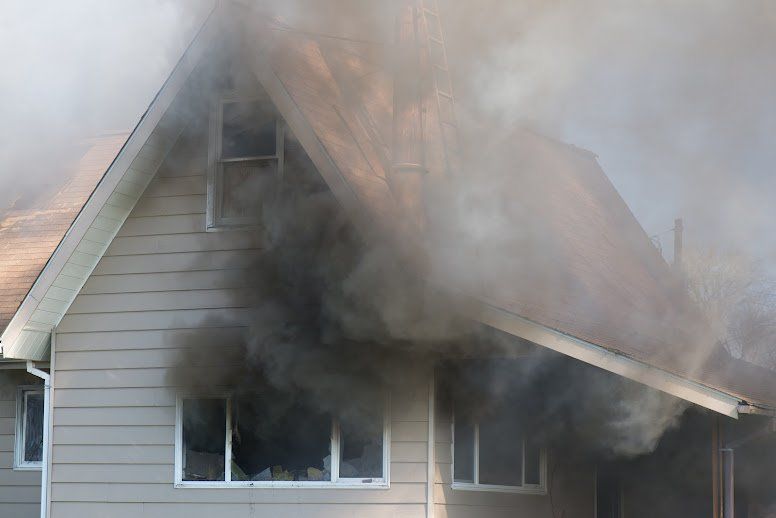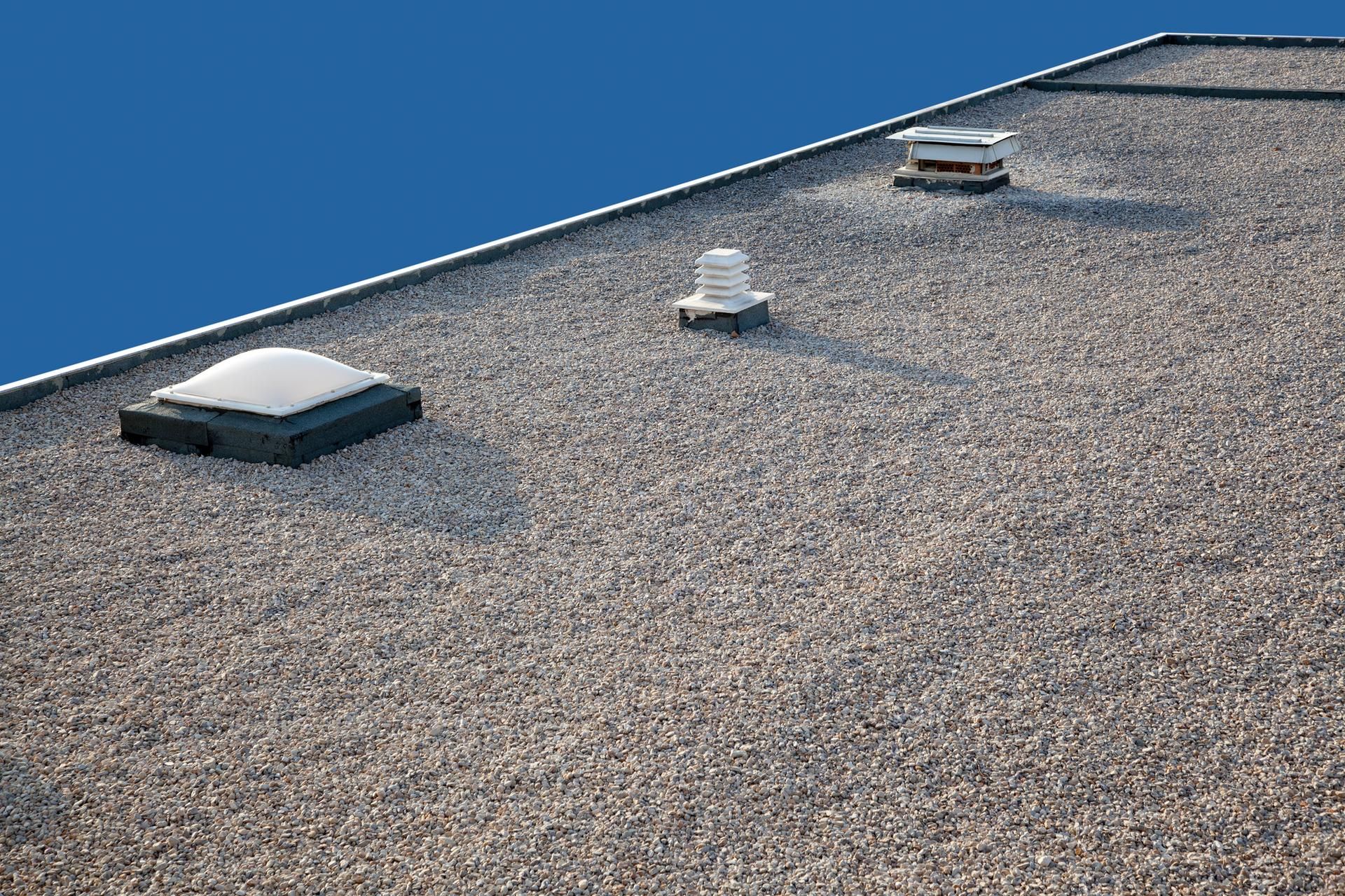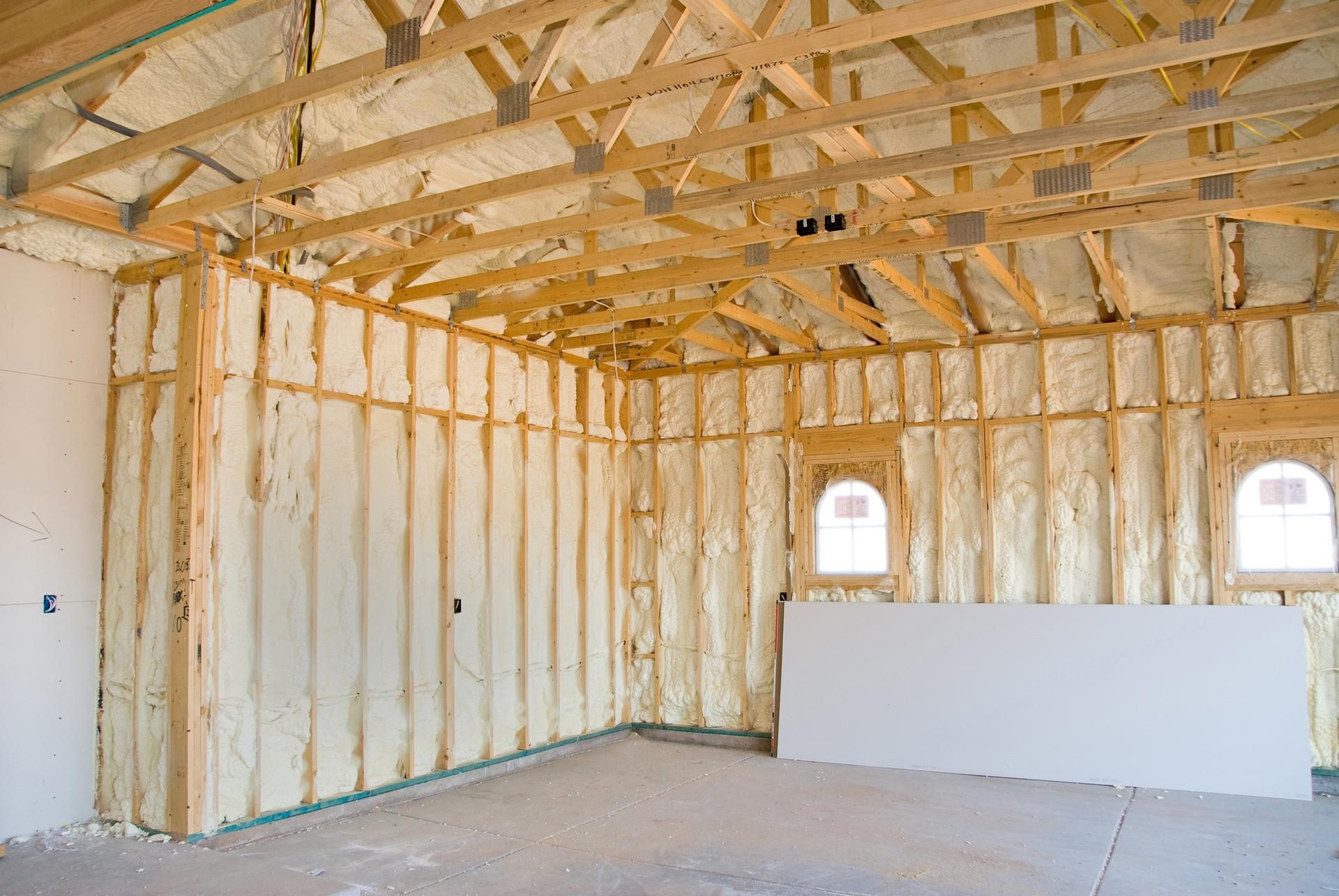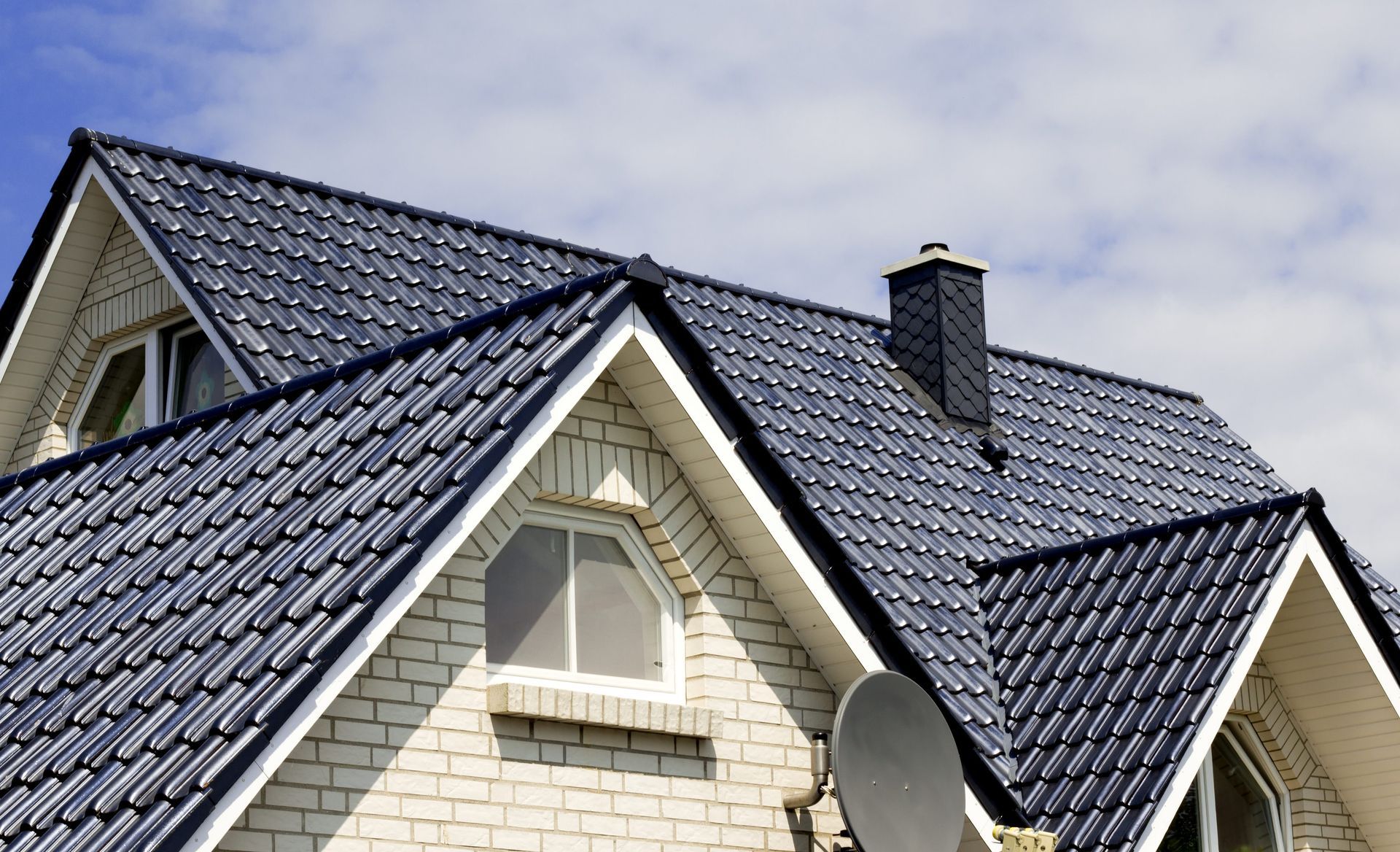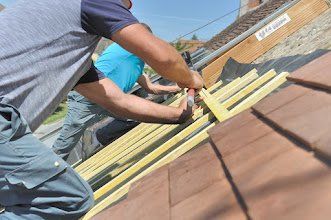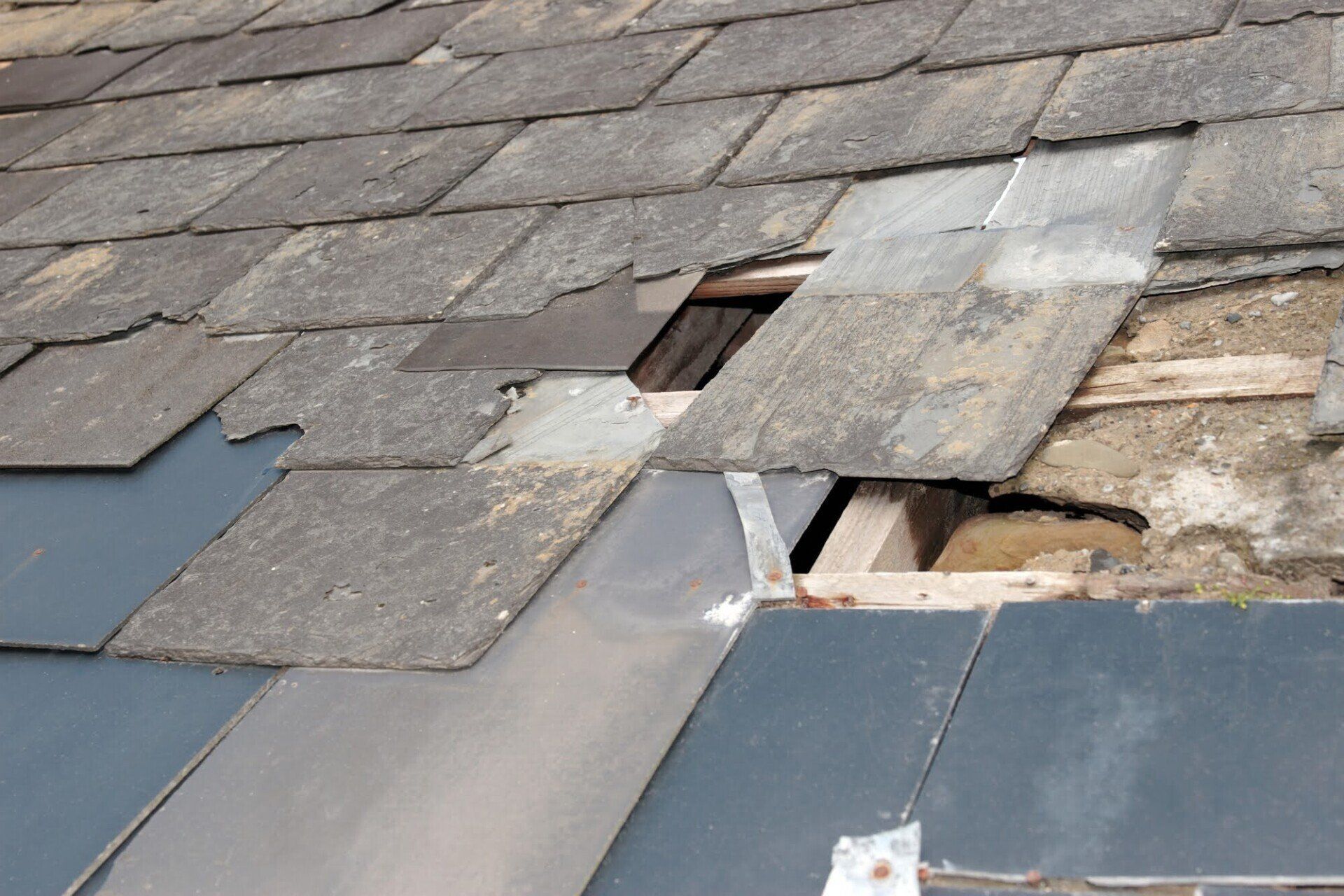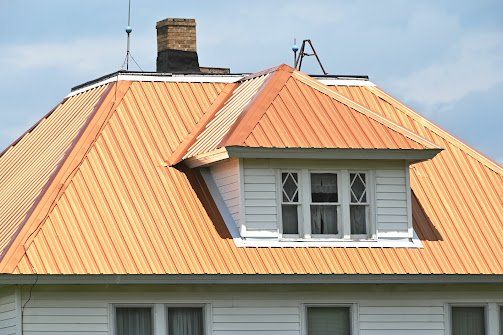Maintenance Tips for Single-Ply Roofing Membranes
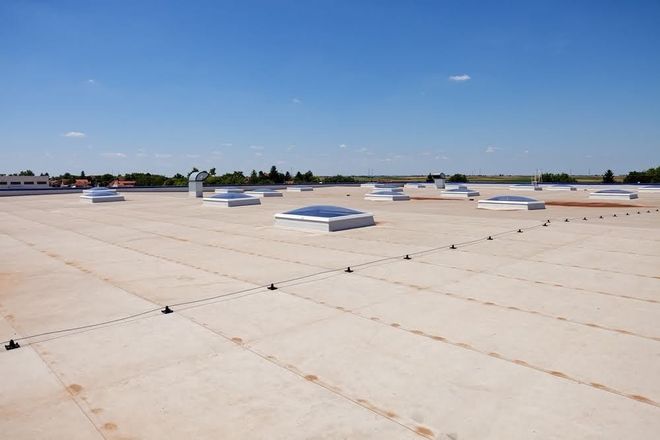
Single-ply roofing membranes, such as those common on flat roofs, have various advantages. For example, they are easy to install, weather-resistant, and cost-effective. However, you will only enjoy these advantages for a long time if you care for your roof. Below are some tips to help you prolong your roofing membrane's lifespan.
Conduct Regular Cleaning
Clean the roof regularly. Accumulated debris can cause various types of damage. For example, the debris might:
- Retain water on the roof and increase the risk of leakage
- Encourage mold and algae growth
- Block the drainage channels
Offending debris includes leaves, twigs, dust, and other forms of windblown debris. Pressure washing or using a soft brush (to avoid damaging the membrane) is usually adequate.
Conduct Regular Inspections
Inspect the roof regularly to spot problems and fix them before they become too costly. You can conduct a DIY inspection, as well as have a professional inspection by a roofing contractor. A thorough inspection should cover:
- Roof drainage channels, such as grates and outlets
- Waterproofing soundness
- Flashing soundness
- The integrity of expansion joints
- Weak points that might lead to leakage
For example, roof fasteners often loosen with time, and loose fasteners might puncture the membrane. Identifying and fixing such fasteners can prevent serious leaks, so inspect the roof whether or not you suspect it's damaged. A semi-annual inspection should be enough to catch such issues, and spring and autumn inspections allow you to prepare the roof for the two extreme weather seasons.
Conduct Post-storm Inspections
In addition to regular inspections, you should also inspect the roof after a particularly heavy storm. A heavy storm can:
- Drive debris into the membrane and puncture it
- Clog roof drains with debris
- Tear off the roof membrane, for example, at the seams
Again, such prompt interventions will prevent major complications and repairs.
Ensure Prompt Repairs
Fix damages to your single-ply roofing as soon as they occur. Flat roof problems usually start small and worsen with time. For example, a fastener whose head is sticking out through the membrane might not seem like a big deal. However, such a fastener might puncture the membrane and trigger a leak that can damage other roofing parts.
Use Correct Repair Materials
Always use the correct materials for roofing repairs. Some materials might look helpful or appropriate and only foster further problems. For example, you shouldn't mix roofing membranes when fixing damaged membranes. Otherwise, the two pieces might not adhere to each other as well as they should.
If you want to use universal repair materials, such as peel-and-stick membranes, ensure it's only a temporary measure as you await a permanent solution. A professional roofing contractor can then use the correct materials to make repairs.
Minimize Foot Traffic
Foot traffic can damage your membrane in multiple ways. For example, foot traffic might also drive debris into the membrane and puncture it. Regular foot traffic will also accelerate wear and tear on the membrane.
Limit foot traffic to necessary ventures, such as roof repair. In addition, you should install walk pads so that those who have to go onto the roof don't step on bare membrane surfaces.
Maintain Rooftop Appliances
Negligent repairs of rooftop appliances can also affect the roofing membrane. For example, a damaged rooftop air conditioner (AC) can leak acidic compounds that might damage the membrane over time. Loose parts of rooftop installations, such as satellite equipment, can also puncture the membrane — for example, during a storm. Maintain these appliances to protect your membrane.
Roofing membranes are durable with proper maintenance. The roofers at All American Roofing have decades of experience in the roofing industry. We understand the intricacies of flat roofing systems and promise professional maintenance for your roof.
Contact us for roofing installations, maintenance, and repair services.

